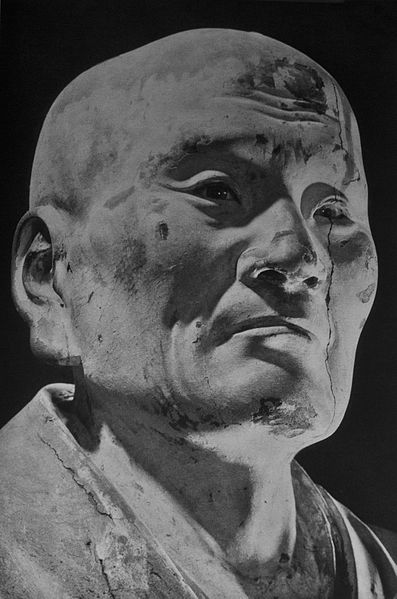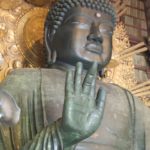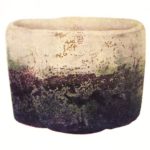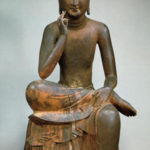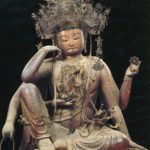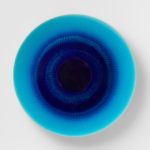SPRING LECTURE SERIES: INVENTION AND REVIVAL: THE KEI SCHOOL AND KAMAKURA SCULPTURE, at the Mary Griggs Burke Center for Japanese Art
The Kei school was a group of sculptors of Buddha statues that continued until the Edo Period and became the mainstream of Buddha statue making from the end of the Heian Period (794-1185) to the Kamakura Period (1185-1333). The Keiha school produced many great sculptors of Buddhist statues, and Unkei (1150-1223) and Kaikei (1150-1250) are especially famous. It is no exaggeration to say that Kamakura sculptures are represented by “Kofuku-ji Temple”. That’s because 11 out of 24 national treasure Buddha statues of the Kamakura period, that is, 46% of all Buddha statues are enshrined in Kofuku-ji Temple. The lectures will explore the transformative role of the Kei school and its successors played in Japanese sculptural practice.
Samuel C. Morse
Howard M. and Martha P. Mitchell Professor of the History of Art and Asian Languages and Civilizations, Amherst College
February 13, 2020
“Who Were the Nara Busshi?—Sculpture in Nara in the 11th and 12th Centuries”
February 20, 2020
“Unkei and the Formation of the Kei School”
March 5, 2020
“Kaikei, Chōgen and the Early Pure Land Community”
March 26, 2020
“Zen’en, Eizon, and the Ritsu Community”
April 2, 2020
“The Kei School at the End of the 13th Century”
- Date: February 13 and 20; March 5 and 26; and April 2, 2020: 6:00-7:00 p.m.
- Place: 807 Schermerhorn Hall, the Mary Griggs Burke Center for Japanese Art
- Address: Columbia University, Department of Art History and Archaeology, 826 Schermerhorn Hall, 1190 Amsterdam Ave, New York, NY 10027
- URL: http://burkecenter.columbia.edu/lectures-symposia/spring-lecture-series-invention-and-revival-kei-school-and-kamakura-sculpture

